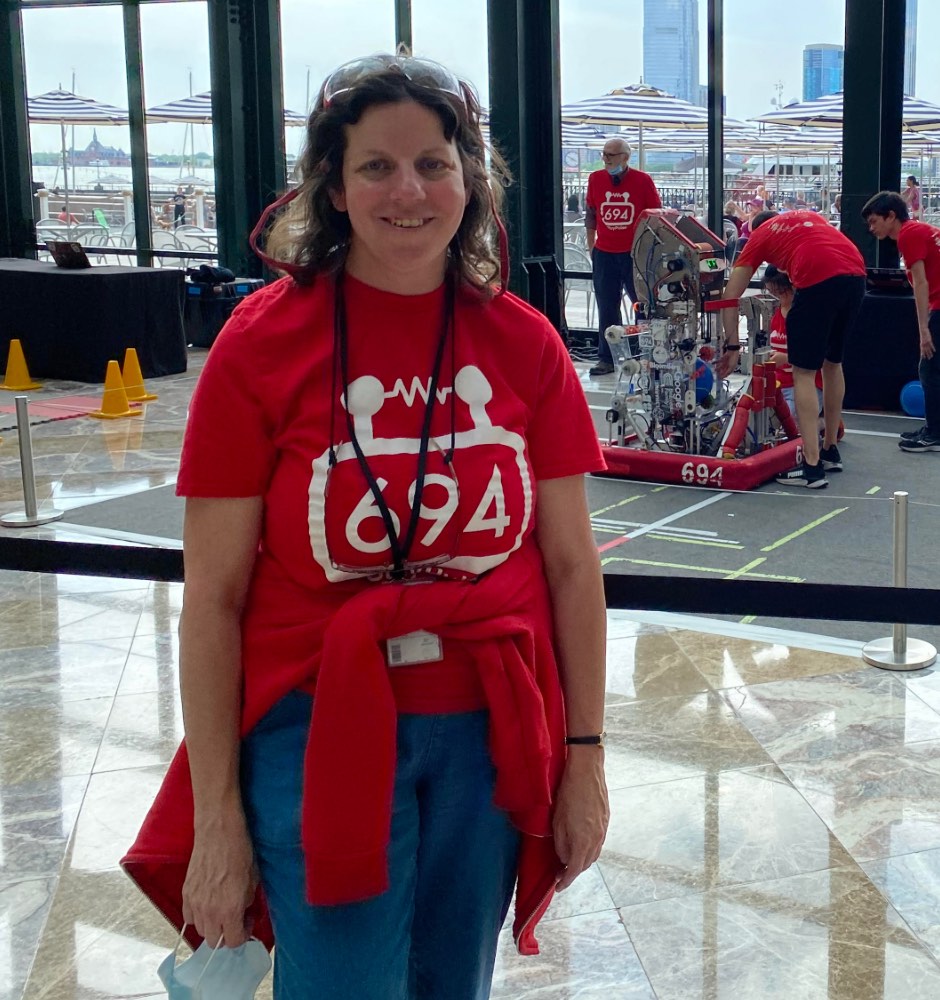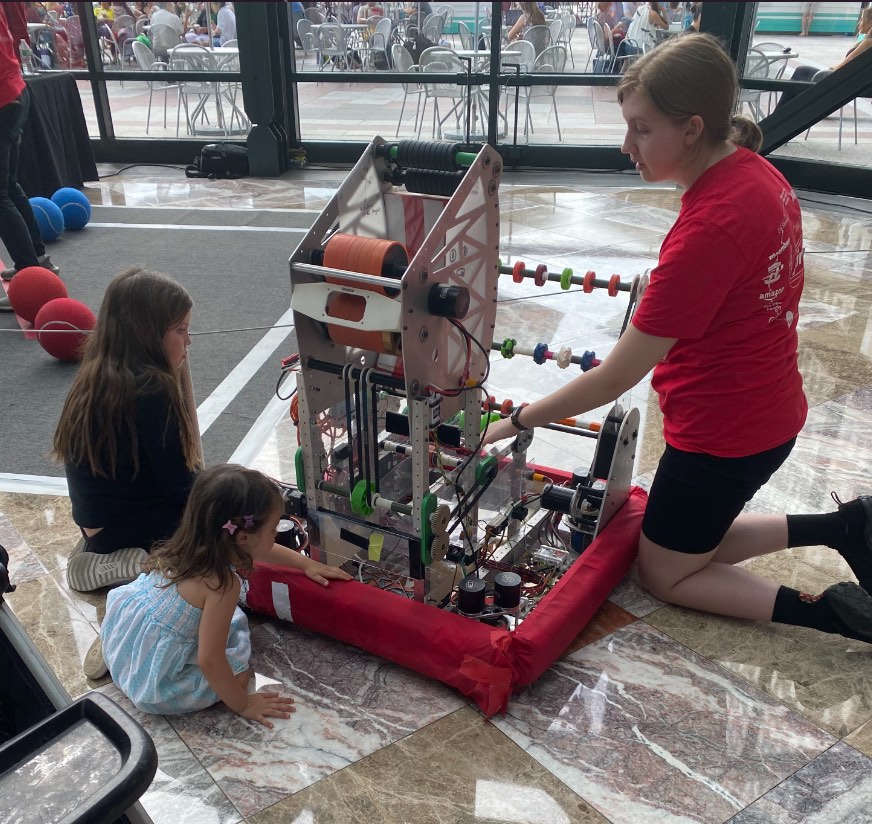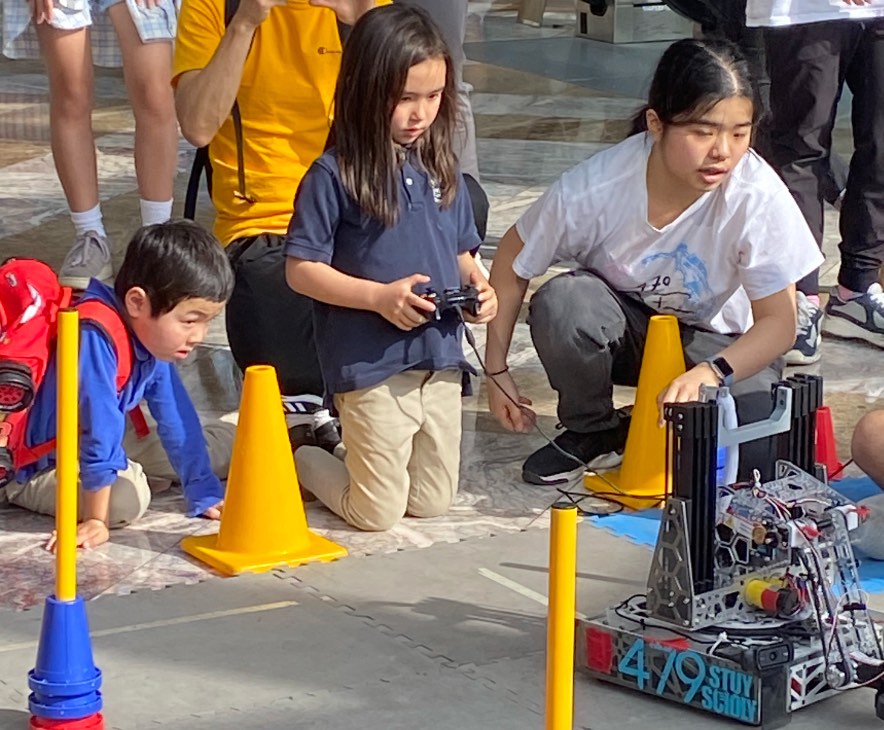I’ve been judging FTC (FIRST Tech Challenge) competitions for many years. It’s a lot of fun. The kids tell you about their robot and outreach and learnings and more. You also negotiate with other judges to determine the award winners. And the day ends with some super excited kids finding out the result. It’s a great day.
There’s also a judge advisor role. The description includes
The Judge Advisor coordinates the judging process, which includes facilitating group deliberation sessions, ensuring the award decisions are made, and the awards script is written. Sometimes the Judge Advisor trains judges and can help in scheduling the judging interviews. The Judges, Judge Advisor Assistant, and Judge Match Observers look to the Judge Advisor for training materials, schedules, and other general questions throughout the
event.
I was asked a few years ago about being Judge Advisor and passed. I like judging a lot. The judge advisor doesn’t get to interview the teams or make any decisions/negotiate. They are a manager and facilitator.
I got to the event on Saturday and was greeted with the event coordinators telling me their judge advisor couldn’t come unexpectedly and could I do it. I said yes. While it isn’t my first choice of role, I am qualified to. I was also the most experienced judge in the room (by a good amount.) I also appreciate that they asked/told me in the form of a question. If they had asked me two weeks ago, I’d have said no because there was still time to find someone more excited about the role. Day of, choices are limited!
What’s interesting about the combination of managing and facilitating is that I very much like facilitating and very much dislike managing. I was able to train folks, form groups, enforce standards and keep things on track.
I definitely relied on crowd sourcing. I wrote constraints on the board and explained what I was trying to accomplish for groups. Having a dozen people “check your work” real time is great quality control!
Overall, it was fine. We accomplished what we needed to and the judges/event staff were happy with how things went. But I still greatly prefer judging and will continue signing up as a judge for future events!




